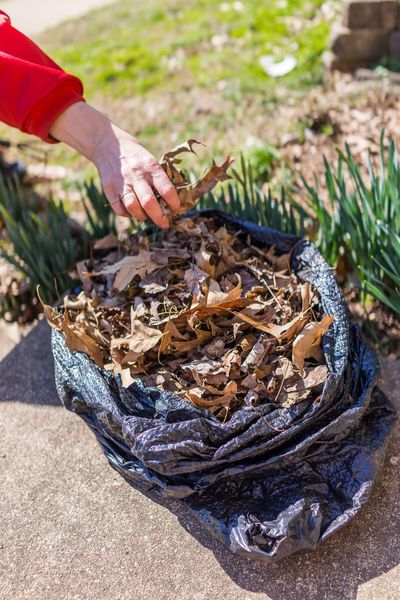Leaf mold compost is a simple process that allows you to break down your fallen leaves for future use in gardens and flower beds. Keep reading for more info on using leaf mold for soil.
About Leaf Mold Compost
Using leaf mold as a soil amendment is a common and productive practice. Use it as mulch or incorporate it into the soil, or both. Spread a three-inch (7.5 cm.) layer around shrubs, trees, in flower beds and gardens, or any spot that will benefit from a biodegradable covering or amendment. Leaf mulch absorbs water, so you can use it to assist with erosion control in some areas. It is effective as a soil conditioner, creating an environment that attracts earthworms and good bacteria. It does not provide nutrients, though, so continue to fertilize as you normally would.
How to Make Leaf Mold
Learning how to make leaf mold is simple. It is a cold composting process, as opposed to a regular compost pile that breaks materials down through heat. As such, it takes longer for leaves to decompose to the appropriate point of use. You may pile the raked leaves in a corner of your yard or bag them tightly in large garbage bags. Poke holes in the bags to allow some air circulation and store them out of the sun and other weather. These will decompose in approximately a year. However, the leaves may be ready in spring if you shred them before storage. You can shred with the lawnmower or an outdoor shredder. The shredded leaves will compost quicker and become an earthy scented, soft and crumbly leaf mold for soil substance perfect for mixing into garden beds. Keep the leaves moist, mix in grass clippings or green leaves, and turn if you have the leaves in a pile. Rake them out into strips for faster decomposition. Not all leaves decompose at the same rate. Smaller leaves are ready more quickly than larger ones. Now that you’ve learned the benefits of using leaf mold in your outdoor beds, stop throwing them away. Begin cold composting and use them in your gardens while saving yourself a few trips to the curb.
